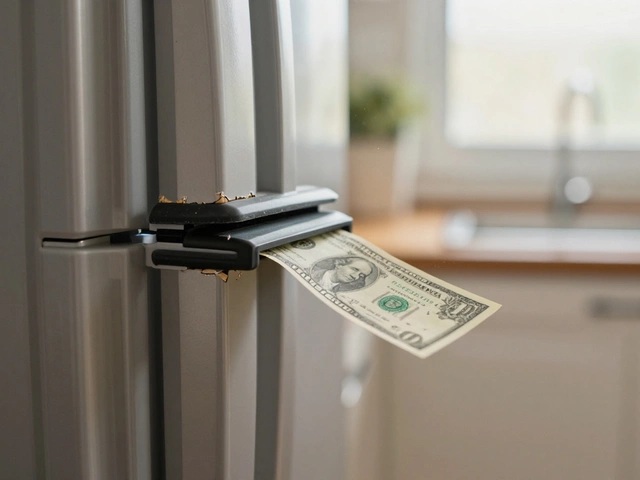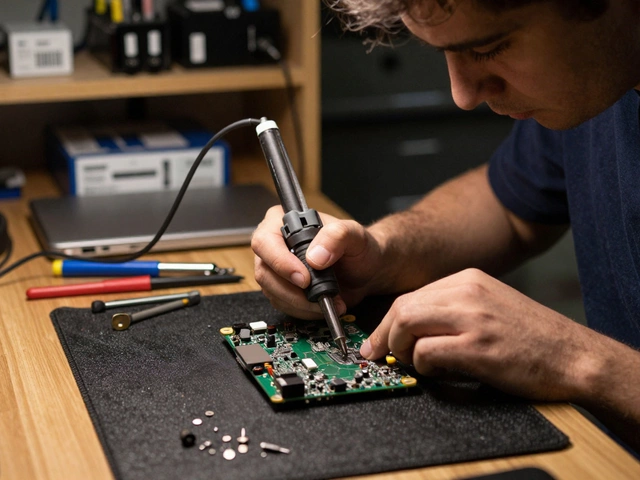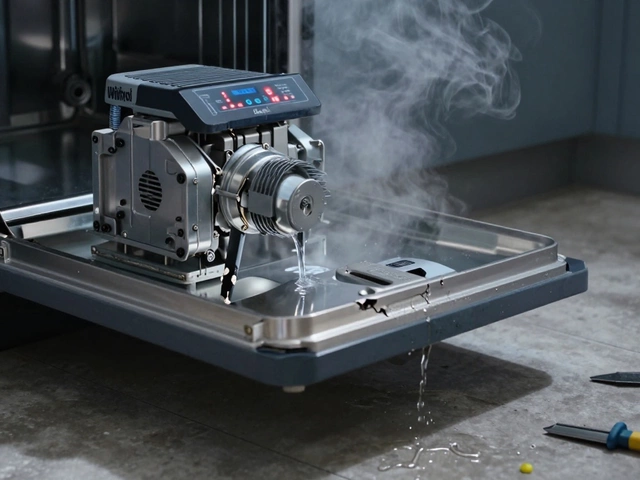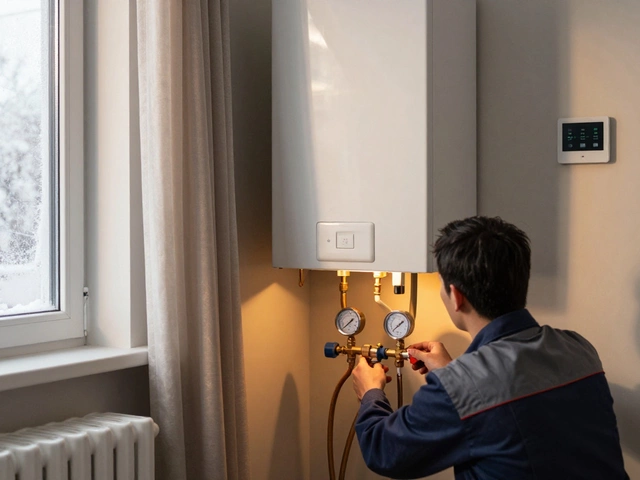Stove Not Heating? Simple Steps to Get It Working
If your stove suddenly refuses to heat, you’re probably wondering if it’s a quick fix or a sign of a bigger problem. The good news is most heating issues are caused by something you can check yourself before calling a repair tech. Below we’ll walk through the most common culprits, easy DIY tricks, and when it’s best to let the experts handle it.
Common Reasons Your Stove Won’t Heat
First, figure out what type of stove you have – electric coil, smooth‑top glass, gas, or induction. Each has its own set of trouble spots. For electric coil units, a burnt‑out heating element is the usual suspect. On smooth‑top models, a broken element or a faulty power board can stop the heat. Gas stoves often suffer from clogged burners or a weak igniter, while induction units need a compatible pot and a working sensor.
Another frequent cause is a tripped circuit breaker or a blown fuse. Stoves draw a lot of power, so a surge can knock the breaker off. Check your home’s fuse box or reset the breaker before you dive deeper. Also, look at the stove’s safety features – many models have a child lock or overheat protection that disables heating until you reset it.
Lastly, don’t forget the simple things: a loose plug, dirty burners, or a cracked power cord. These issues are easy to miss but can completely shut off heat. A quick visual inspection often reveals a frayed cord or a loose connection that’s easy to tighten.
Fixes You Can Try at Home
Start by unplugging the stove (or turning off the gas supply) for safety. If you have an electric coil stove, locate the heating element and look for visible damage or discoloration. Most manufacturers sell replacement elements; swapping one out usually takes 15‑20 minutes with a screwdriver.
For smooth‑top stoves, you’ll need a multimeter to test the element for continuity. If the reading is zero, the element is dead and needs replacement. While you’re at it, clean the surface with a non‑abrasive cleaner to ensure good contact.
Gas burners are a bit different. Remove the burner caps and clean any food debris or grease that might be blocking the flame. Then, check the igniter – it should spark when you turn the knob. If there’s no spark, the igniter may need a replacement; these are inexpensive and often screw‑in.
Induction stovetops rely on a magnetic sensor. Make sure you’re using a ferrous pot (cast iron or stainless steel) and that the pot base is flat. If the stove still won’t heat, reset it by turning the power off for a minute, then back on.
After any repair, plug the stove back in, or restore the gas, and test each burner on low, medium, and high settings. If heat returns, you saved a call‑out and money. If the stove still won’t heat, it’s time to call a professional.
At Weymouth Appliance Repair Services we specialize in stove and oven repairs. Our technicians can diagnose hidden electrical faults, replace faulty control boards, or service gas lines safely. Give us a call, and we’ll have your stove heating up again in no time. No guesswork, just reliable service.
Electric Stove Problems: The Two Most Common Fixes You Need to Know
- Alden Wilder
- May 29 2025
- 0 Comments
Electric stoves are workhorses in the kitchen, but they aren’t immune to problems. This article covers the top two issues most people face—burners not heating and issues with the stove’s control panel or wiring. You’ll learn why these problems happen, how to spot warning signs, and what you can do before calling a repair tech. There are also tips for quick fixes and ways to keep your stove in good shape longer. Find out what really goes wrong inside your stove and how to avoid bigger headaches.
View More




